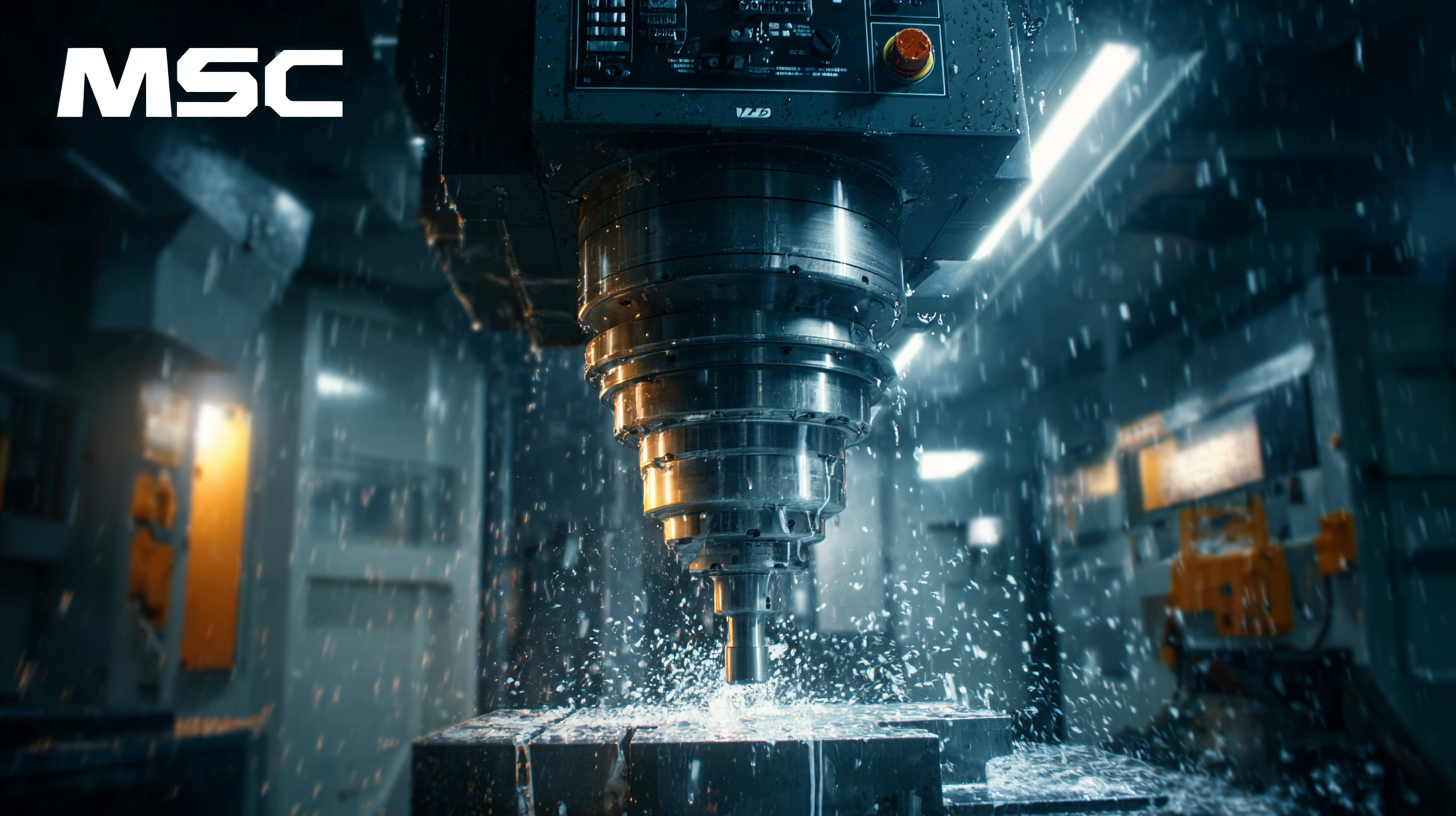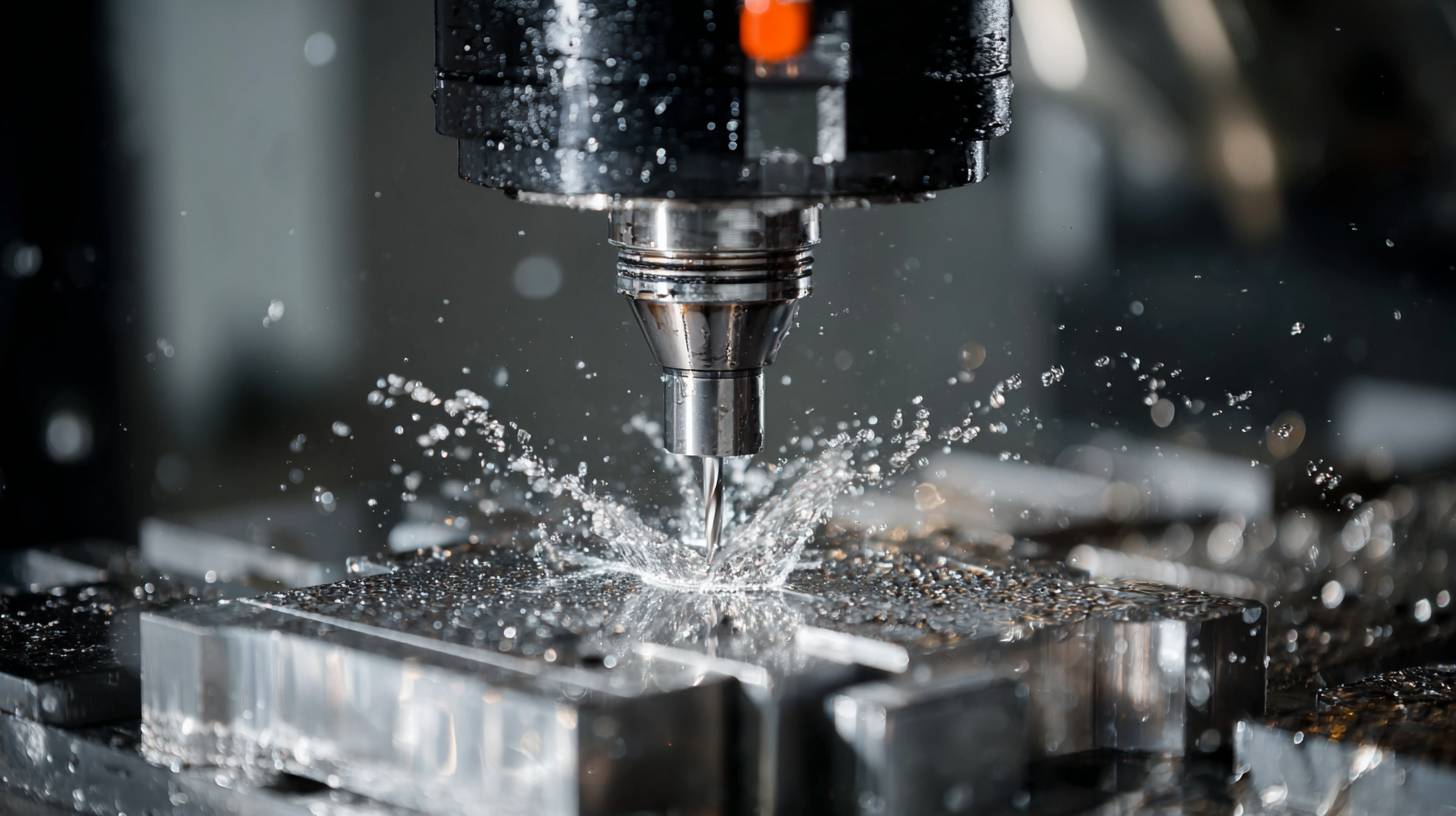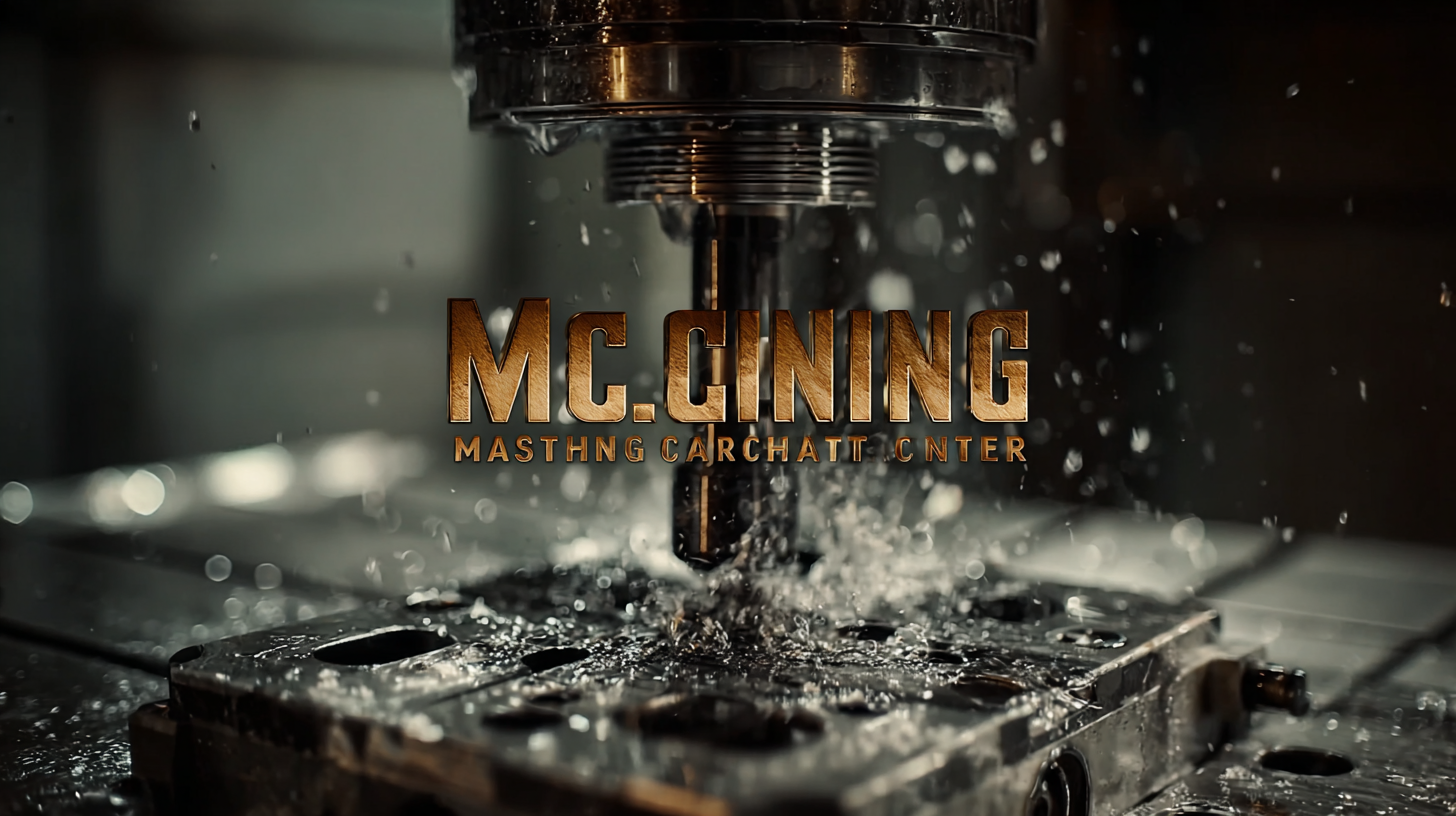Blog
7 Must Have Features of the Best Machining Center for Your Business
In today's fast-paced manufacturing landscape, having the right machining center is crucial for businesses aiming to maintain a competitive edge. According to a recent report by the International Federation of Robotics, the global market for machining centers is projected to reach $6.4 billion by 2025, driven by the increasing demand for precision engineering and automation. This highlights the importance of investing in advanced machining technologies that not only enhance operational efficiency but also ensure superior product quality. With numerous options available, identifying the essential features of an ideal machining center can be daunting. This blog outlines seven must-have features that can help businesses streamline their production processes, reduce downtime, and ultimately boost their bottom line.

Essential Precision: Understanding the Role of Tolerance in Machining Center Performance
In the realm of precision machining, understanding the role of tolerance is crucial for enhancing the performance of machining centers. Tolerance refers to the permissible limit or limits of variation in a physical dimension, allowing for tighter control over the manufacturing process. With the increasing complexity of designs and the demand for higher precision components, machining centers must be equipped to handle these challenges effectively. As global markets evolve, particularly with the burgeoning ultra-precision ball screw market projected to reach $18.74 billion by 2025, companies must prioritize acquiring machining centers that excel in maintaining tight tolerances.
Operational efficiency and product reliability hinge on the mastery of tolerances within machining centers. A machining center that can consistently deliver parts within specified tolerances not only reduces waste but also enhances customer satisfaction. This focus on precision ensures that every component fits seamlessly into larger assemblies, ultimately contributing to the overall success of a business. As the industry anticipates a compound annual growth rate of 7.1% leading to an estimated $30.43 billion valuation by 2033, embracing advanced machining technologies designed for precision is no longer a luxury; it’s an essential strategy for sustained competitive advantage.
High-Speed Machining: Boosting Productivity with Advanced Technology in Modern Centers
 High-speed machining has fundamentally transformed the manufacturing landscape, enabling businesses to achieve greater productivity and efficiency. According to a report by the American Society of Mechanical Engineers (ASME), facilities utilizing high-speed machining technologies can increase their production rates by up to 50%, significantly impacting their bottom line. This technology allows for faster processing of complex geometries, reducing cycle times while maintaining precision. With the implementation of advanced CNC control systems and high-frequency spindles, modern machining centers can handle tougher materials and intricate designs that were once deemed challenging.
High-speed machining has fundamentally transformed the manufacturing landscape, enabling businesses to achieve greater productivity and efficiency. According to a report by the American Society of Mechanical Engineers (ASME), facilities utilizing high-speed machining technologies can increase their production rates by up to 50%, significantly impacting their bottom line. This technology allows for faster processing of complex geometries, reducing cycle times while maintaining precision. With the implementation of advanced CNC control systems and high-frequency spindles, modern machining centers can handle tougher materials and intricate designs that were once deemed challenging.
Furthermore, advanced machining centers equipped with high-speed capabilities facilitate dynamic tool paths and aggressive feed rates, improving overall workflow. A study by the International Journal of Advanced Manufacturing Technology found that companies adopting high-speed machining experienced a 30% reduction in lead times, enhancing their competitive edge. This shift towards high-speed operations not only elevates productivity but also optimizes resource utilization. As manufacturers invest in these advanced technologies, they not only drive efficiency but also prepare to meet the increasing demands of precision engineering in diverse industries.
Automation and User-Friendliness: Key Factors for Streamlined Operations in Machining Centers
In the ever-evolving landscape of manufacturing, automation and user-friendliness have emerged as critical factors in the selection of machining centers. According to a report by MarketsandMarkets, the global market for automated machining centers is expected to reach $6.6 billion by 2025, showcasing a CAGR of 7.3% during the forecast period. This growth highlights the industry's shift towards more automated solutions that enhance productivity and efficiency. Incorporating features such as automatic tool changers and integrated robotics can significantly reduce downtime and improve output consistency, allowing businesses to meet increasing demands without sacrificing quality.
User-friendliness is equally vital in ensuring streamlined operations. A user-centric interface can greatly reduce training time and errors, enabling operators to maximize the potential of sophisticated machinery. A survey conducted by the Society of Manufacturing Engineers found that 65% of manufacturers identified ease of use as a top priority when investing in new equipment. Features like intuitive software, touchscreen controls, and customizable settings empower operators to quickly adapt to different tasks, ultimately enhancing overall workflow efficiency. As businesses invest in the latest machining technology, prioritizing automation and user-friendliness will be crucial for remaining competitive in a rapidly advancing market.
Material Versatility: Adapting Your Machining Center for Diverse Industry Needs
In today's rapidly evolving industrial landscape, material versatility is a crucial feature of an effective machining center. A versatile machining center, capable of handling a variety of materials including metals, plastics, and composites, not only enhances productivity but also positions businesses to meet diverse client demands. According to a report by MarketsandMarkets, the global CNC machining market is expected to grow from $67.89 billion in 2020 to $117.08 billion by 2026, highlighting the increasing need for machinery that can adapt to varied materials and processes.
Moreover, industries such as aerospace and automotive are pushing for innovations that allow for the machining of advanced materials like titanium and high-strength alloys, which are essential for lightweight, durable products. A versatile machining center can significantly reduce setup times and material wastage, thereby optimizing operational efficiency. The ability to seamlessly transition between materials allows manufacturers to remain competitive and responsive, providing a crucial advantage in a market that demands both speed and precision. As a result, investing in a machining center that boasts exceptional material adaptability is not just an enhancement but a strategic necessity for businesses aiming to thrive in the competitive landscape.

Energy Efficiency: The Impact of Sustainable Practices on Cost-Effective Machining Solutions
In today's competitive manufacturing landscape, energy efficiency has emerged as a pivotal feature of the best machining centers. Businesses are increasingly recognizing that adopting sustainable practices not only contributes to environmental conservation but also significantly reduces operational costs. A machining center designed with energy-efficient technology helps lower electricity consumption, which directly impacts the bottom line. This can be achieved through innovations such as advanced servo motors, regenerative drives, and optimized cooling systems that ensure machines use only the necessary amount of energy.
Moreover, integrating energy-efficient practices can enhance the overall productivity of machining processes. By utilizing systems that employ smart technology to monitor and adjust energy use in real-time, manufacturers can minimize waste and maximize output. This not only improves efficiency but also extends the life of the machinery by reducing wear and tear. As businesses strive to be more sustainable, investing in a machining center that prioritizes energy efficiency can lead to long-term cost savings, improved company reputation, and a commitment to eco-friendly practices that resonate well with customers and stakeholders alike.
7 Must Have Features of the Best Machining Center for Your Business - Energy Efficiency: The Impact of Sustainable Practices on Cost-Effective Machining Solutions
| Feature | Description | Impact on Cost Efficiency | Sustainability Aspect |
|---|---|---|---|
| Energy Efficient Motors | Utilizes advanced motor technology to reduce energy consumption during operation. | Lowers electricity costs and improves production margins. | Reduces carbon footprint through less energy use. |
| High Efficiency Coolant Systems | Optimizes coolant usage to enhance machining performance and extend tool life. | Decreases fluid costs and increases tool longevity. | Minimizes waste and promotes recycling of coolants. |
| Variable Speed Drives | Allows for adjustable motor speed settings based on machining requirements. | Saves energy during lower load operations and reduces wear on machines. | Enhances operational efficiency by matching energy use to demand. |
| Automation and Smart Technology | Integrates IoT and AI for predictive maintenance and optimized operations. | Reduces downtime and prevents costly repairs through early detection of issues. | Enhances overall resource management and waste reduction. |
| Recyclable Materials | Utilizes machine components made from recyclable materials. | Reduces costs associated with raw material and disposal. | Promotes circular economy principles and reduces landfill waste. |
| Energy Monitoring Systems | Tracks energy usage in real-time for better management decisions. | Identifies energy waste areas and suggests optimization strategies. | Supports sustainability initiatives through improved energy accountability. |
| Durability and Longevity | Built with high-quality materials to withstand rigorous operations. | Reduces replacement costs and extends service intervals. | Minimizes resource consumption over time through longer-lasting equipment. |